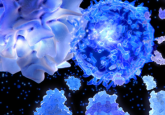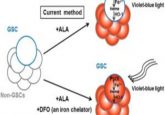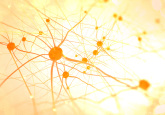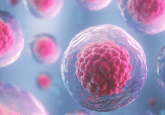Wake me up before you go go: the internal alarm clock for muscle repair

A new study reports naturally occurring hyaluronic acid is critical in directing muscle stem cells to re-enter the cell cycle and repair damaged muscle.
A team of researchers from the Ottawa Hospital Research Institute (Canada) led by Jeffrey Dilworth have published a new study, which provides insight into the collaborative functions of cells during muscle repair. The role of stem-to-immune cell communication in muscle repair is well established; however, little is known about the factors that aid this important interaction.
After muscle injury occurs, “muscle stem cells are primed to start repair right away, but the immune cells maintain the stem cells in a resting state,” allowing the “immune cells to quickly enter the tissue and remove the damage,” explained Dilworth. When the damage has been cleared, the stem cells are broken from their quiescence, allowing them to re-enter the cell cycle and get to work.
The study found that the critical factor aiding in this stem-to-immune cell communication is hyaluronic acid. The research team discovered evidence in mouse and human tissue samples that stem cells begin producing hyaluronic acid on the onset of muscle damage. As immune cells work within the tissue to clear the debris, they signal to the stem cells to keep them inactive. By the time the damaged tissue is cleared, the hyaluronic acid has formed a thick covering over the stem cell, rendering it oblivious to any immune cell signaling and kicking it into action.
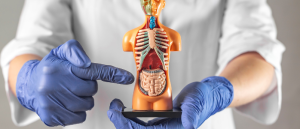 Lymphatic capillaries regulate intestinal lining regeneration
Lymphatic capillaries regulate intestinal lining regeneration
Research finds that lymphatic capillaries play a regulatory role in intestinal tissue regeneration, producing several key proteins.
Muscle stem cells reportedly control hyaluronic acid production via epigenetic mechanisms. Removal of certain silencing modifications at the Has2 locus promoted hyaluronic acid production, suggesting a potential role for epidrugs in increasing hyaluronic acid production to improve muscle repair.
“Aging is associated with chronic inflammation, muscle weakness and a reduced ability of muscle stem cells to wake up and repair damage,” lead author Kiran Nakka commented. “If we could find a way to enhance hyaluronic acid production in the muscle stem cells of older people it might help with muscle repair.”

